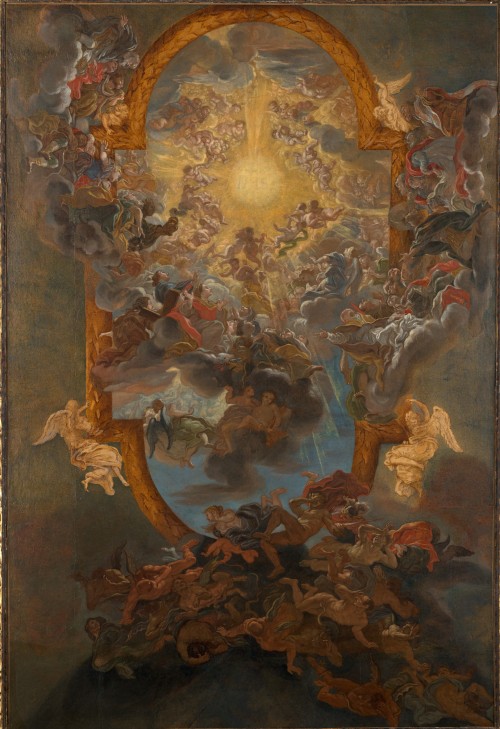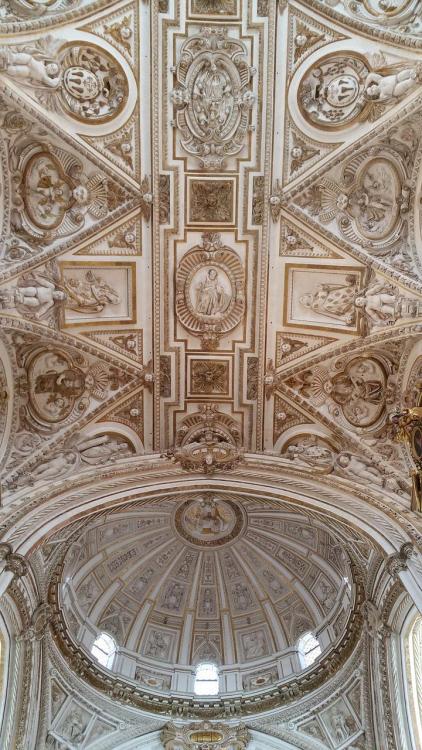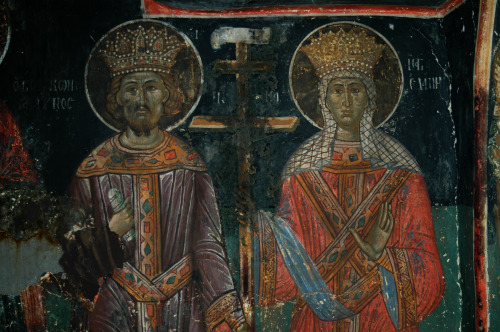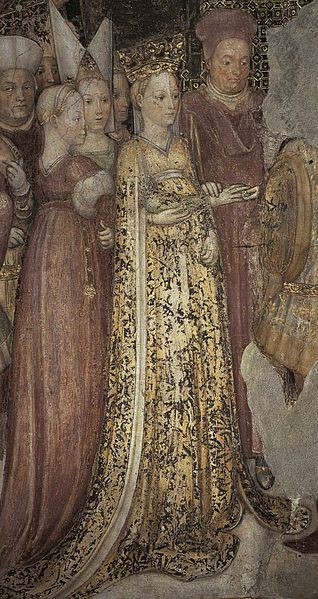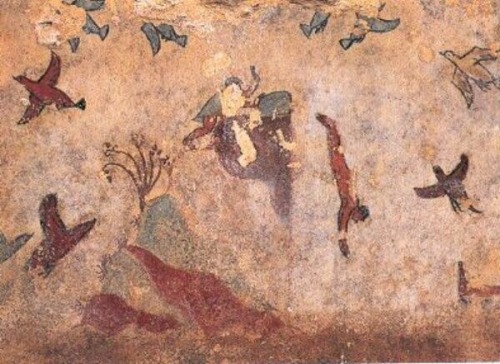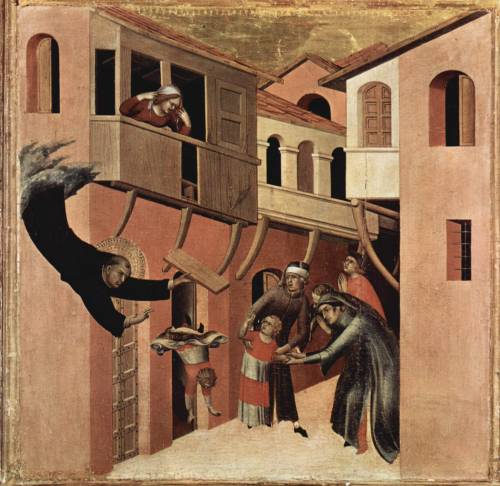#frescoes
The Triumph of the Name of Jesus
Giovanni Battista Gaulli (Il Baciccio) (Italian; 1639–1709)
1676–79
Oil on paper, laid down on canvas
Princeton University Art Museum, Princeton, New Jersey
Working study for one of the most important illusionistic Baroque frescoes, The Triumph of the Name of Jesus, on the ceiling of Il Gesù in Rome
Post link
Look Up
1. Mosque Cathedral of Cordoba
2. Sacristía Mayor - Toledo Cathedral
3. Sala Capitular, Seville Cathedral
4. Hospital Venerables, Seville
Post link
Byzantine Emperor Constantine and his mother saint Helen, 1672 fresco from the monastery of Panagia Spiliotissa in Greece
Post link


Italian Beauty. Basilica di San Vitale and ceiling of Sant’Apollinare Nuovo, Ravenna.
LOL interesting ancient Chinese frescoes and terracotta figures






in Eastern Jin Dynasty(AD 317-AD 420)


Qin Dynasty Terracotta Army(B.C 221~B.C 207)


in Qing Dynasty (1636-1912)




Hieros gamos (wedding) of Zeus and Hera from the House of the Tragic Poet in Pompeii 1st C. CE
“The local myth relayed by Menodotus of Samos contains references to cult ceremonies and practices. It is believed that Admete, daughter of Eurystheus fled from Argos to Samos. To punish her for fleeing, the Argives instructed Etruscan pirates to carry the wooden Samian cult image away. However the pirate ship with the stolen cult image was unable to set off and the pirates escaped in confusion. When the Samian islanders discovered their image outside the temple they assumed it had escaped alone and bound it with rods from the Lygos tree. Thus the annual festival of Hera was called the Tonaia (binding) where the main ceremony involved participants dragging the image out of the temple and to the seashore where they would then make a great show out of searching for the statue and uncovering it for it to be purified. Varro states the statue was draped with bridal robes as ‘The annual rites of Hera are celebrated in the form of a marriage’ thus the festival sought to immitate marriage rites between Hera and Zeus. The Goddess’ birthplace is also involved in the festival where cult members wound lygos branches around themselves from the sacred tree Hera is believed to have been born under.
The remnants of fruit such as grape seeds and olive pits show us evidence of the types of fruit consumed during the festival of Hera. It was believed fruits rich in seed reflected Hera’s divinity as a great fertility Goddess.”
-taken from Warwick.ac.uk
https://paganimagevault.blogspot.com/2020/06/hieros-gamos-wedding-of-zeus-and-hera.html
Theodelinda, queen of the Lombards (c. 570-628), marries Agilulf, duke of Turin (died 616).
Fresco by Ambrogio and Gregorio Zavattari (1444), Theodelinda Chapel in Monza Cathedral.
Post link

